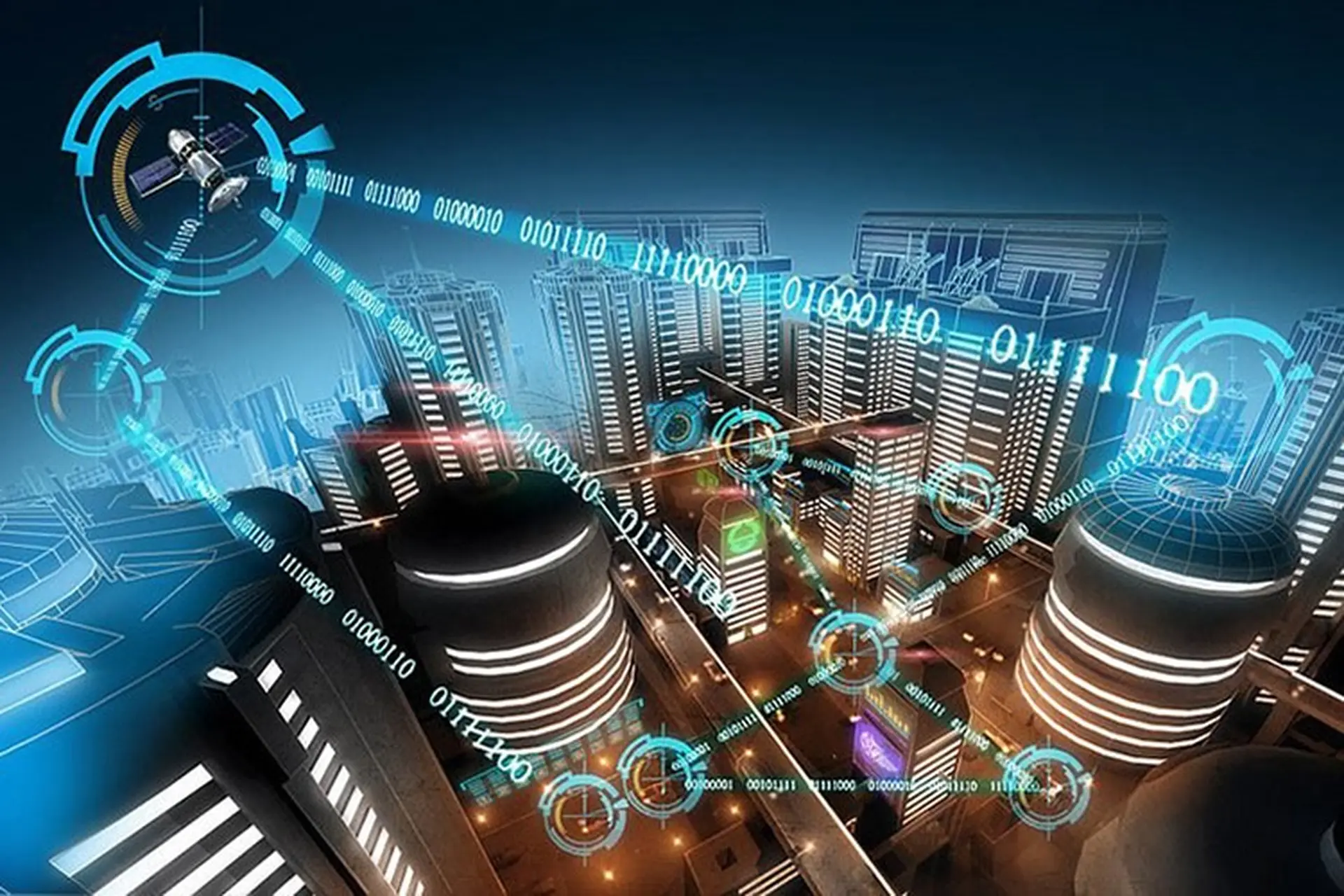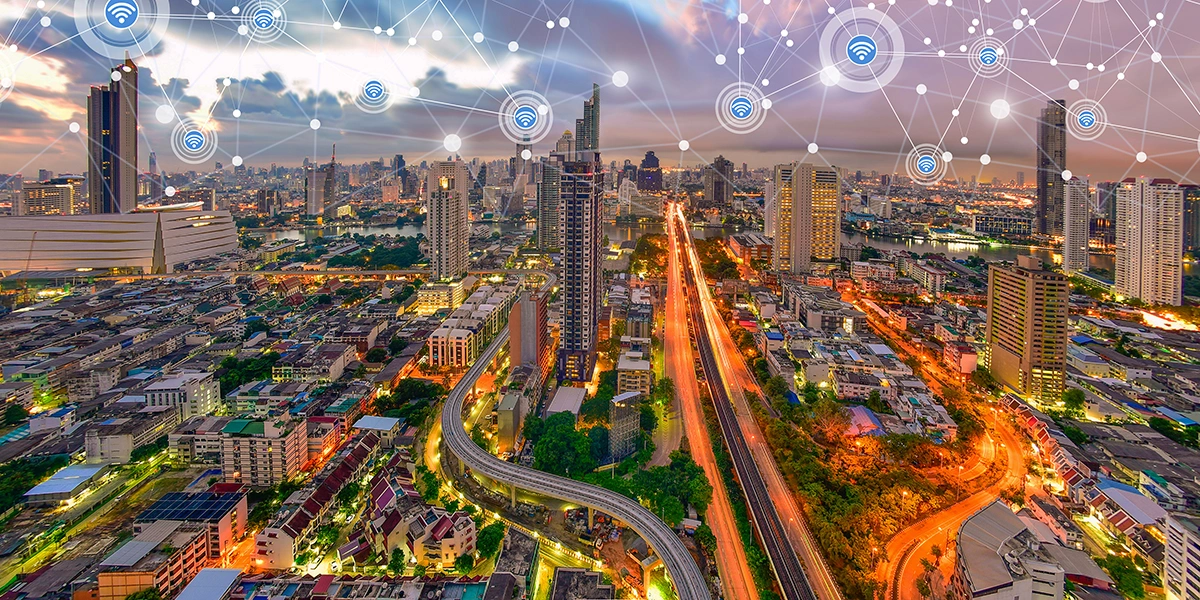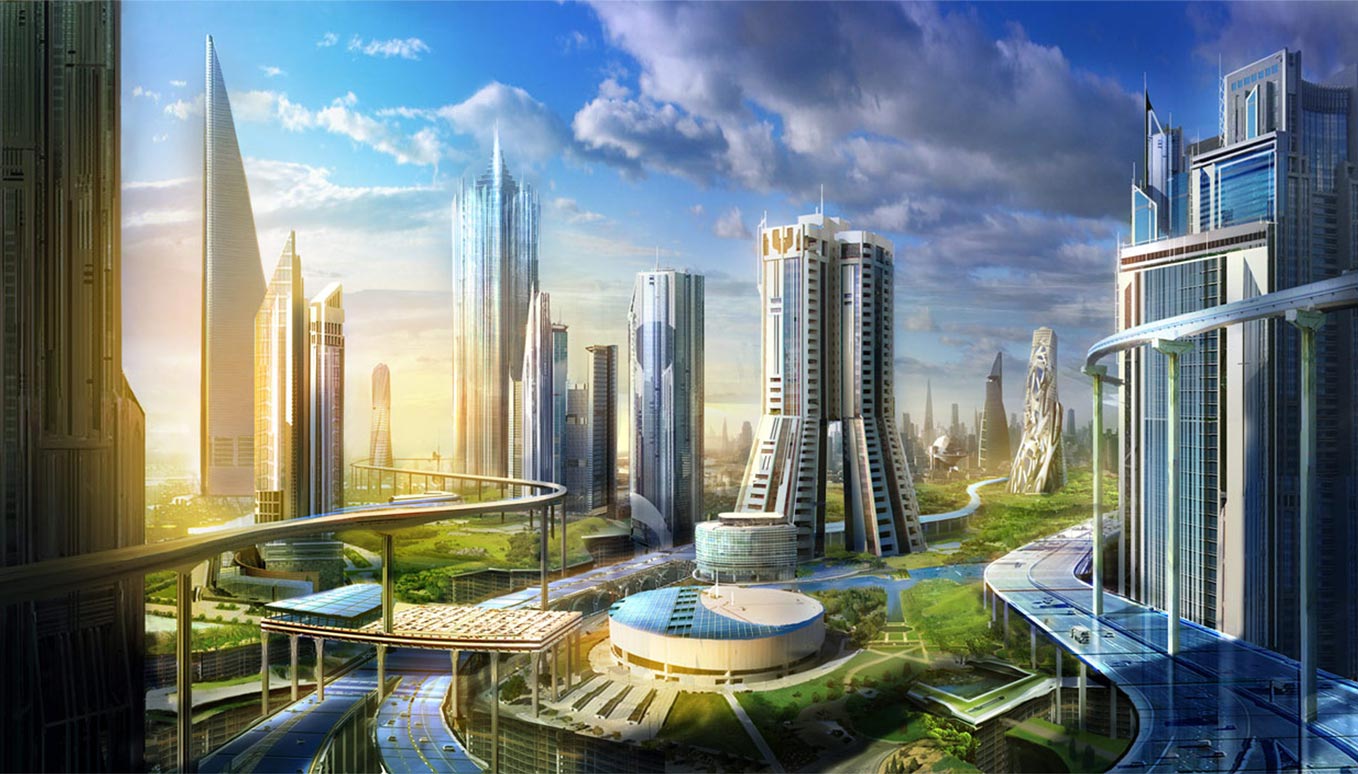The concept of smart cities has evolved from futuristic speculation to tangible reality, fundamentally reshaping how we think about urban living. As we progress through 2025, cities worldwide are embracing cutting-edge technologies to address the mounting challenges of rapid urbanization, environmental sustainability, and quality of life improvements. With 68% of the world’s population expected to live in urban areas by 2050, the urgency to develop intelligent urban ecosystems has never been greater.
Smart cities represent a paradigm shift in urban planning and management, leveraging the Internet of Things (IoT), artificial intelligence (AI), 5G connectivity, and data analytics to create more responsive, efficient, and sustainable environments. These technological innovations are not merely enhancing existing city services but completely reimagining how urban infrastructure operates, from traffic management and energy distribution to waste collection and public safety.
The smart city industry is projected to generate 60% of the world’s GDP by 2025, highlighting the massive economic impact of this urban transformation. Cities like Barcelona, Singapore, and Amsterdam are already demonstrating the transformative power of smart technologies, implementing comprehensive IoT platforms that manage everything from parking availability to energy consumption. As we look toward the future, smart cities promise to deliver unprecedented levels of efficiency, sustainability, and citizen engagement, setting new standards for urban development and quality of life.
Smart Mobility: Revolutionizing Urban Transportation

Smart mobility stands as the most prevalent trend in smart city development, encompassing intelligent traffic management, zero-emission transportation, and autonomous vehicles. This transformation leverages technology to enable people and various forms of transport to function in more efficient, resilient, and sustainable ways.
Intelligent Traffic Management Systems utilize real-time data from sensors and cameras to optimize traffic flow, reduce congestion, and minimize emissions. These AI-powered systems can predict traffic patterns, respond to emergencies more effectively, and coordinate with public transportation networks to provide seamless mobility solutions.
Zero-emission transportation is becoming central to smart mobility initiatives, with electric vehicle infrastructure, bike-sharing programs, and clean public transit systems gaining widespread adoption. Companies like BluSmart in India have demonstrated the potential of electric cab-sharing services, reporting a reduction of over 14,500 tonnes in CO2 emissions while facilitating more than 6.5 million environmentally-friendly rides.
Autonomous and Connected Vehicles represent the future of urban transportation, with robotaxis, autonomous buses, and even water taxis being tested in various smart cities. These innovations promise to reduce traffic accidents, optimize route efficiency, and provide accessible transportation options for all residents.
AI and IoT Integration: Creating Intelligent Urban Ecosystems
The convergence of artificial intelligence and IoT, known as AIoT, is transforming smart cities into intelligent ecosystems capable of sophisticated data analysis and proactive decision-making. This integration enables cities to move beyond reactive management to predictive and preventive approaches.
Predictive Infrastructure Maintenance uses AI algorithms to analyze data from connected sensors, identifying potential infrastructure failures before they occur. This proactive approach reduces maintenance costs, prevents citizen inconvenience, and extends the lifespan of urban infrastructure.
Real-Time Resource Optimization allows cities to dynamically manage resources based on current demand and predicted needs. Smart bins with sensors report fill levels in real-time, optimizing waste collection routes and reducing operational costs. Similarly, smart energy grids use AI to balance loads, integrate renewable sources, and detect faults promptly.
Enhanced Public Safety benefits from AI-powered surveillance systems that can detect unusual activities, predict crime patterns, and coordinate emergency responses more effectively. These systems provide valuable insights that help city officials make informed decisions about resource allocation and public safety strategies.
Sustainable Energy Management and Environmental Solutions
Smart cities are pioneering innovative approaches to energy management and environmental sustainability, addressing critical challenges like climate change and resource conservation.
Smart Grid Technology enables cities to monitor and manage energy consumption more effectively, balancing energy loads and integrating renewable energy sources seamlessly. LED street lighting systems automatically adjust based on real-time data, significantly reducing energy consumption while maintaining public safety standards.

Environmental Monitoring and Control utilizes AI and machine learning to analyze current pollutants and predict pollution levels up to two hours in advance. This capability allows authorities to make proactive decisions to reduce environmental impact and protect public health.
Renewable Energy Integration is becoming increasingly sophisticated, with smart buildings and homes actively monitoring energy usage and reporting data to utilities. In Amsterdam, smart energy meters incentivize reduced energy consumption, while buildings can match consumption to actual need, reducing waste significantly.
5 G-Advanced Connectivity and Digital Infrastructure
The evolution from 5G to 5 G-Advanced (5.5G) is elevating urban connectivity to unprecedented levels, offering higher data rates, improved spectral efficiency, and ultra-low latency. This advanced connectivity supports complex applications essential for smart city operations.
Enhanced Real-Time Communication between IoT devices enables more responsive urban services, from traffic management to emergency response systems. The low latency of 5 G-Advanced makes real-time decision-making possible across vast urban networks.
Extended Reality Applications become feasible with 5 G-Advanced, enabling innovative solutions for urban planning, education, and entertainment. These technologies can transform how citizens interact with their urban environment and access city services.
Massive IoT Device Support allows cities to deploy extensive sensor networks without compromising performance, creating comprehensive monitoring systems that provide detailed insights into urban operations and citizen needs.
Digital Citizen Engagement and E-Governance
Smart cities are revolutionizing how citizens interact with government services and participate in urban governance through digital platforms and e-governance solutions.
Participatory Governance Platforms enable residents to provide feedback, report issues, and access real-time information about city services. This two-way communication fosters community engagement and ensures urban development aligns with residents’ actual needs.
Digital Service Delivery streamlines access to government services, reducing bureaucracy and improving citizen satisfaction. Mobile applications and online portals provide convenient access to everything from permit applications to utility bill payments.
Transparent Decision-Making processes use data visualization and public dashboards to show how city resources are being allocated and how policy decisions are made, promoting accountability and trust between citizens and government.
Challenges and Future Outlook

While smart cities offer tremendous potential, they also face significant challenges, including cybersecurity concerns, privacy protection, and ensuring equitable access to technology benefits. Cities must balance innovation with security, implementing robust cybersecurity measures to protect critical infrastructure and citizen data.
The future of smart cities will likely see even greater integration of emerging technologies like digital twins, edge computing, and advanced AI systems. These developments will create more resilient, adaptive, and sustainable urban environments that can respond dynamically to changing conditions and citizen needs.
As we move forward, the success of smart cities will depend not only on technological advancement but also on thoughtful implementation that prioritizes citizen welfare, environmental sustainability, and inclusive growth. The cities that successfully navigate this transformation will set the standard for urban living in the decades to come.



